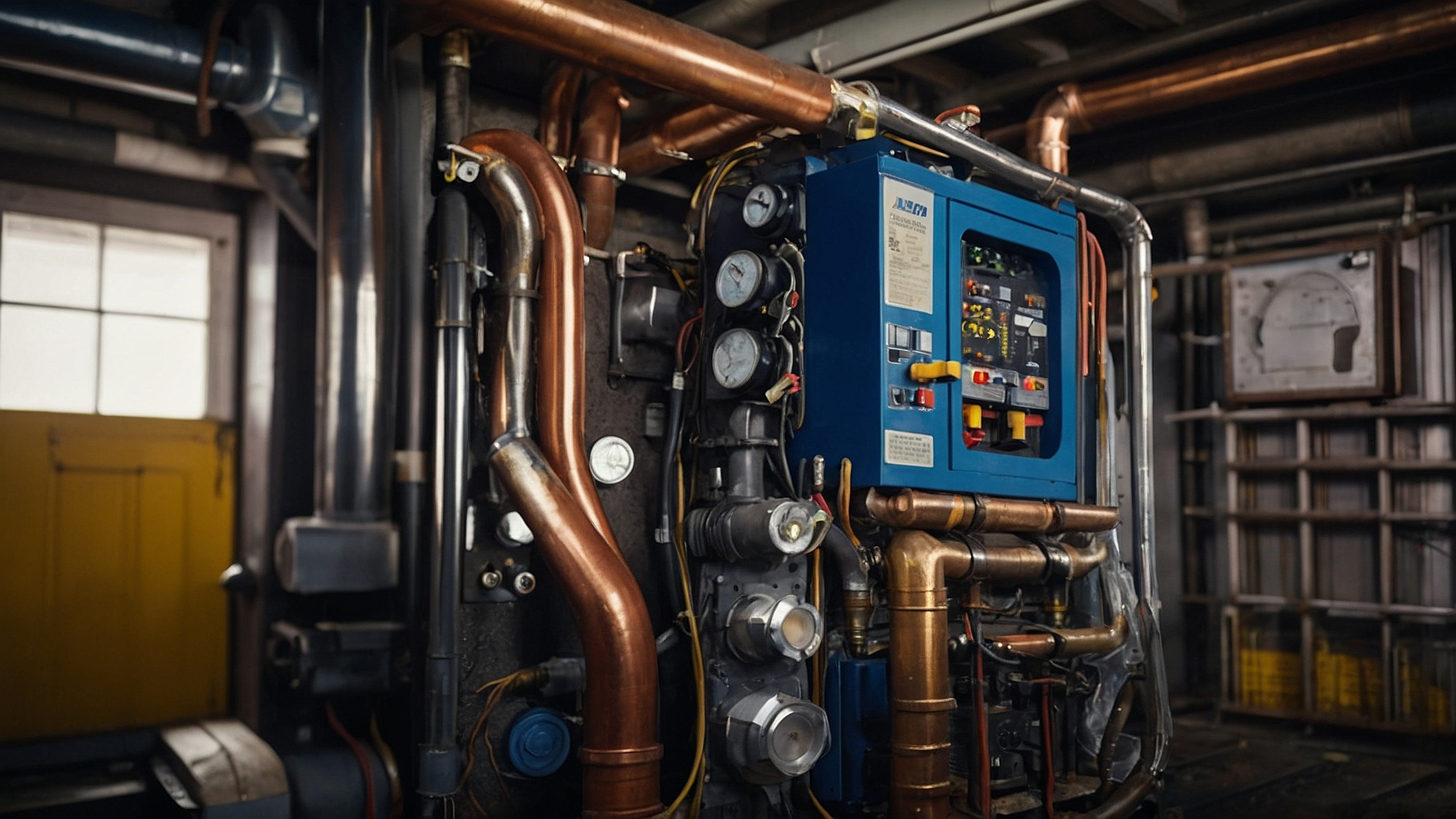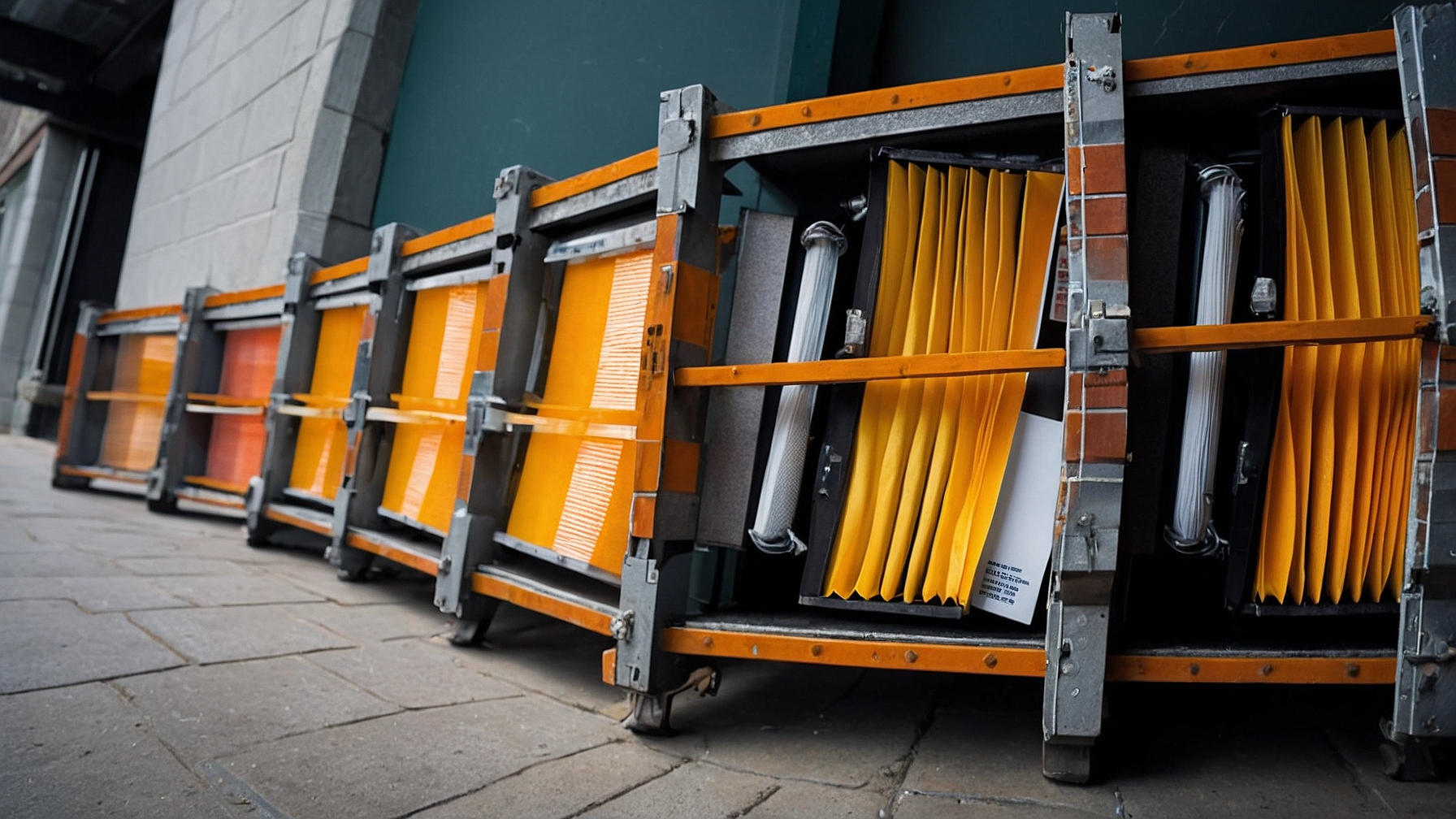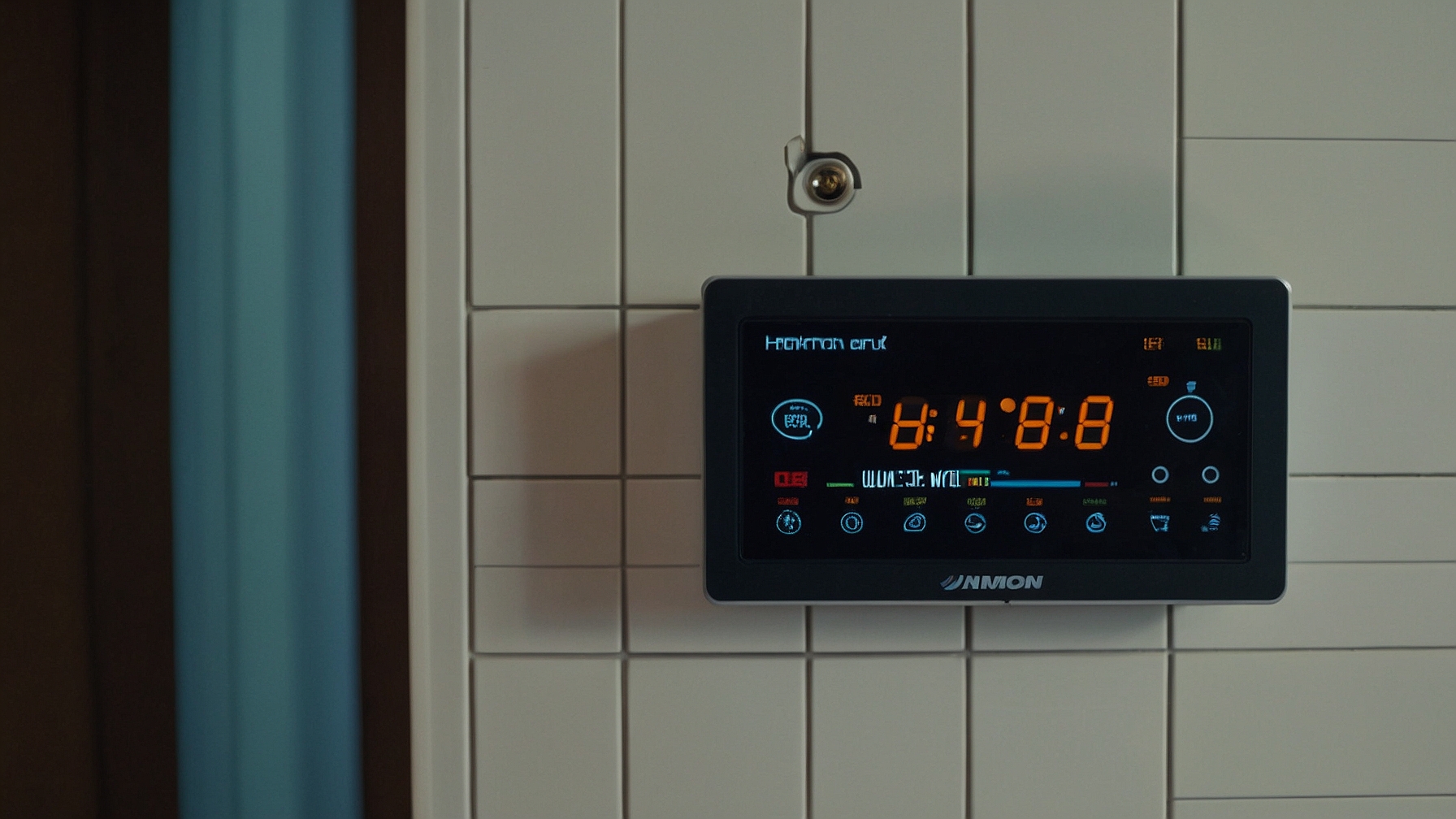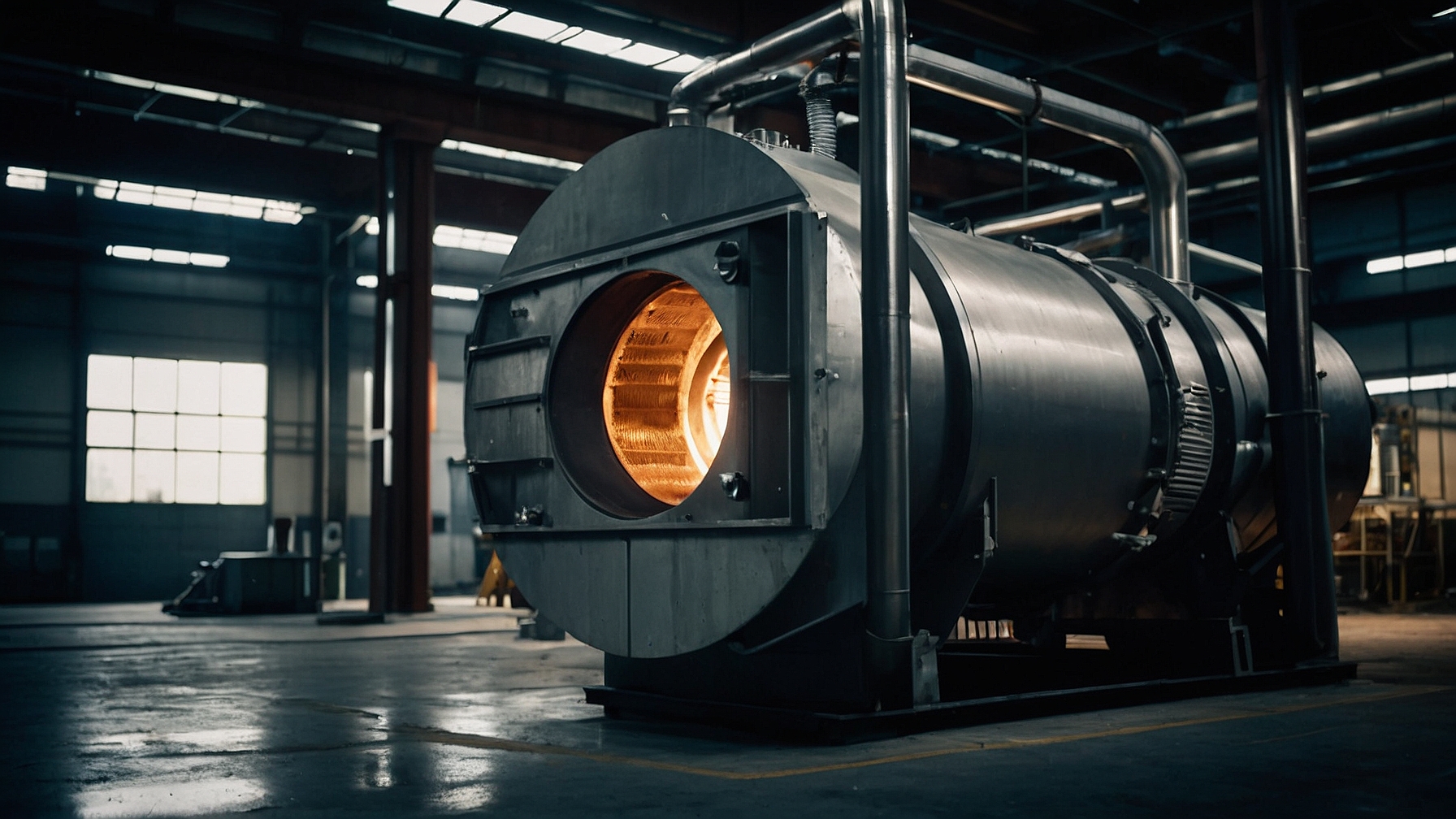Introduction
When you delve into the workings of your home heating system, the array of furnace components can appear complex, yet they are essential for the efficient and safe operation of your furnace. From the heat exchanger that warms the air to the blower motor that circulates it, each component plays a pivotal role. Not only does this system include combustion chambers and electronic ignition systems, but also intricate parts like flame sensors and draft inducer motors, all working together to create heat efficiently.
Understanding how these components function together can help you recognize when something isn’t working correctly. Whether it’s the pilot light that ignites the gas or the ductwork that distributes the heated air, each element is crucial. A well-functioning ignition system, safety devices, and proper vent alignment ensure that combustion gases, including carbon monoxide, are safely expelled from your home. This knowledge is not only vital for routine furnace maintenance but also enhances your ability to discuss your system’s health with HVAC professionals, thereby prolonging the lifespan of your gas furnace and maintaining its efficiency.
Key Takeaways
- Furnace components are integral for safe and efficient heating, with each part from the heat exchanger to the blower motor playing a critical role in system operation.
- Understanding how furnace components work together helps in diagnosing issues and maintaining your system’s health, potentially extending its lifespan and enhancing efficiency.
- Regular furnace maintenance is essential for ensuring optimal performance and preventing the buildup of harmful combustion gases like carbon monoxide.
- Effective use of the thermostat and understanding the furnace control panel are vital for energy efficiency and maintaining a comfortable home environment.
- The heat exchanger and burners require routine cleaning and inspections to function properly, ensuring efficient heat transfer and system reliability.
- Blower motors and ventilation systems are crucial for air quality and comfort, requiring regular checks and maintenance for peak performance.
Understanding Your Furnace System
Understanding how your furnace system operates is crucial for maintaining a comfortable home environment. When the furnace turns on, it draws gas from a gas line, which is then ignited by either a pilot light or electric ignition, depending on your system. This ignition process is essential as it heats through combustion or electric resistance, generating the necessary warmth. This heat treated air is then pushed by the blower and blower motor, passing through the air filter and redistributed through your home, ensuring consistent temperature control. Regular checks will help avoid any potential gas leaks and ensure everything is working properly, thus maintaining optimal heating and air conditions and improving indoor air quality.
Key Components of Your Home Furnace System
Heat Exchanger: The core of your furnace, responsible for transferring heat to the circulating air in your home, ensuring the air stays separate from toxic combustion gases.
Blower Motor: This component pushes the heated air through your home’s ductwork, playing a crucial role in distributing warmth throughout the living spaces.
Thermostat: Acts as the control center for your furnace, determining when to activate the heating based on the temperature settings in your home.
Combustion Chamber: Where the fuel mixes with air and is ignited, producing the heat needed for warming the air that circulates through the heat exchanger.
Ductwork and Ventilation System: Channels that distribute heated air throughout the building and include components that ensure fresh air exchange to maintain indoor air quality.
Each of these components plays a vital role in the operation and efficiency of your furnace system. Regular maintenance and understanding these parts can help you identify issues early, communicate more effectively with HVAC professionals, and ensure your system operates safely and efficiently.
Overview of Furnace Components
An essential part of a furnace system is the heat exchanger, which is responsible for heating the air that circulates throughout your home. Understanding this component can help you identify common issues and communicate effectively with HVAC technicians.
Importance of Regular Maintenance
Regular maintenance of your furnace is crucial for ensuring optimal performance and longevity. By regularly cleaning and inspecting your furnace, you can prevent the accumulation of dust, allergens, and pollutants that can negatively impact air quality. Additionally, routine maintenance helps identify and address any potential issues before they escalate, reducing the risk of breakdowns and costly repairs. Make it a priority to schedule regular maintenance for your furnace to enjoy consistent warmth, energy efficiency, and a healthier indoor environment.
Furnace Filters Explained
In any well-functioning furnace, filters play a crucial role by cleaning the air through your HVAC system before it’s redistributed through your home. These filters trap dust and allergens, making them vital components of a furnace. As the furnace works, air is pulled from the heat exchanger, where it’s warmed by heating elements and then blows air through your HVAC system. A clean filter ensures that this treated air from the heat is free from particulates, enhancing your heating and cooling efficiency and improving indoor air quality. Remember, a clogged filter can strain your furnace, potentially causing it to work harder, which could hasten a furnace replacement.
Types of Furnace Filters
There are different types of furnace filters available, such as fiberglass, pleated, and HEPA filters. Each type of filter has its own advantages and is designed to capture specific particles and contaminants in the air. Fiberglass filters are the most basic and affordable option, while pleated filters offer better filtration efficiency. HEPA filters are highly efficient and can remove even smaller particles. Choose a filter that suits your needs and replace it regularly for optimal performance.
How to Choose and Replace Filters
To choose a furnace filter, consider the MERV rating, which indicates its filtration efficiency. Higher ratings capture smaller particles but may reduce airflow. Measure your filter’s dimensions and check your furnace’s manual for the recommended size. When replacing the filter, turn off power to the furnace and remove the old filter. Insert the new filter in the correct direction, usually indicated by arrows on the frame. Replace filters every 1-3 months for optimal performance.
Thermostat and Furnace Control
The thermostat is a crucial component of your furnace system, as it regulates the temperature by sending signals to the furnace to turn on and off. The furnace control panel houses the electrical controls that manage the various functions of the furnace. Regular maintenance of these components ensures optimal performance and energy efficiency.
Role of Thermostat in Regulating Temperature
The thermostat plays a crucial role in regulating the temperature of your furnace system. It allows you to set the desired temperature, prompting the furnace to activate or deactivate accordingly. By understanding how the thermostat works and utilizing its controls effectively, homeowners can maintain a comfortable and energy-efficient living environment.
Understanding Furnace Control Panel
The furnace control panel is an essential component that operates key functions and ensures the proper functioning of your furnace system. It controls the ignition assembly, gas flow, fan operation, and temperature regulation. Understanding how to navigate and use the control panel effectively is crucial for optimal performance. Familiarize yourself with the different buttons, settings, and indicators on the control panel to easily adjust temperature settings, troubleshoot issues, and maintain a comfortable living environment.
Key Information:
Heat Exchangers: These are crucial for the safe operation of gas furnaces, separating harmful combustion gases from the air circulated in your home. They come in designs like clamshell and serpentine, known for their durability and efficiency. The design of a heat exchanger can affect its longevity and the efficiency of the furnace.
Maintenance: Regular maintenance is essential to ensure the longevity and efficient operation of your furnace. This includes cleaning the burners, checking for any signs of wear or damage, and ensuring all components are functioning correctly. An annual professional inspection is highly recommended to address any potential issues before they become serious problems.
Burners: These are where the fuel (natural gas, oil, or propane) mixes with air and ignites to generate heat. The condition of the burners is pivotal for the effective heating of the air by the heat exchanger.
By maintaining these components effectively, you can enhance the efficiency and safety of your furnace, ensuring it operates smoothly and safely throughout its lifespan.
Heat Exchanger and Burners
The heart of your furnace, the heat exchanger, and the burners where the flames inside the furnace generate heat, are crucial. Natural gas coming into your home is controlled by the gas valve that adjusts the pressure to ensure efficient combustion. When the furnace is activated, the gas to the furnace is ready to ignite, and the burners begin their work. The resulting heat is transferred from the burners to the air from the heat exchanger, which then receives heat treated air. This system ensures your home stays warm throughout the heating cycle, with safety mechanisms like the condensate drain and checks to make sure all components are properly functioning.
Function of Heat Exchanger in Heating Process
The function of the heat exchanger in the heating process is to transfer heat from the burners to the air. This crucial component allows for the efficient distribution of warm air throughout your home or building. Regular maintenance is important to ensure the heat exchanger is clean and functioning properly. It is also essential to take care of the burners by cleaning them regularly and checking for any signs of damage or corrosion.
Maintenance Tips for Burners
To ensure the proper functioning of your furnace burners, regular maintenance is essential. Here are some actionable tips to keep your burners in top shape:
- Clean the burners regularly by removing any debris or dust buildup.
- Check for any signs of damage or corrosion and replace any worn-out parts.
- Inspect the gas valve and igniter flame for proper functionality.
- Test the burner’s efficiency by monitoring the flame color and pattern.
- Schedule professional maintenance annually to ensure optimal burner performance.
By following these maintenance tips, you can maximize the efficiency and longevity of your furnace burners.
Blower Motor and Ventilation System
The blower motor, a large component that blows air throughout your home, is vital for circulating warm air within the furnace system. It works hand-in-hand with the ventilation system to ensure that air quality is maintained by consistently renewing indoor air with fresh, outdoor air. This system is particularly crucial when the furnace is powered by natural gas, as it helps prevent any hazardous gases from lingering inside. Effective operation of this system is signaled when the gas valve adjusts the pressure adequately and the furnace ignites reliably, a process where the system will send a signal to spark the burner. Regular maintenance ensures that every small part of your HVAC system functions properly, keeping your indoor environment safe and comfortable.
Blower Motor Operation and Efficiency
Blower motor operation and efficiency are crucial for optimal performance of your furnace. To ensure efficient operation, regularly check the blower motor for any signs of wear or damage. Clean or replace the air filters as needed to maintain proper airflow. It’s also important to keep the blower motor well lubricated and free from debris. By taking these steps, you can ensure that your furnace operates efficiently and effectively, keeping your home comfortable.
Ventilation System Importance for Air Quality
Proper ventilation is crucial for maintaining indoor air quality. The ventilation system, including fans, dampers, and outdoor air intakes, ensures a constant exchange of fresh air, preventing pollutants and stale odors from accumulating. During the installation of HVAC systems like furnaces and heat pumps, it is essential to consider the impact of ventilation on indoor air quality and overall comfort. This will help ensure efficient operation and a healthier living environment.
Efficient and healthy homes rely on the silent yet vital operations of systems like the blower motor and ventilation. These components don’t just circulate warmth; they sustain the breath of your living spaces. Regular maintenance ensures these systems operate at peak efficiency, keeping your air fresh and your environment comfortable.”
Conclusion
In summary, the intricate system of furnace components plays a vital role in ensuring the safe and efficient operation of your home heating setup. Each part of your HVAC system, from the heat exchanger that transfers heat to the blower motor that circulates air, is designed to work seamlessly to enhance comfort and efficiency. Regular attention to these components, particularly to ensure that combustion gases are properly vented through the correct duct and pipe configurations, is essential to maintain the system’s performance and safety.
A well-maintained furnace not only supports a comfortable home environment but also contributes to better air quality. Ensuring that everything from the gas supply to the air vents is functioning properly helps prevent issues like carbon monoxide buildup, which is especially crucial in older furnaces. As homeowners, understanding how to start the heating process and maintain your system can lead to significant energy savings and a prolonged lifespan of the furnace, making regular maintenance not just a necessity but a smart investment in your home’s future.









